Become A Distributor
Become an authorized distributor or retailer of Nanolux.
Read MoreNanolux is one of the few global horticultural lighting brands that has complete control over its entire industry chain. Specializing in the best LED grow lights for indoor plants, particularly full-spectrum LED grow lights, Nanolux is renowned for its dedication to advancing vertical farming and greenhouses, consistently earning top-rated reviews. Among their offerings are top rated LED grow lights, greenhouse grow lights, and vertical farming LED grow lights. These products are considered some of the top LED grow lights available, making Nanolux a top choice for both hobbyists and professionals.
Read MoreThe Nanolux Smart Lighting Controller is designed to provide wired control to two lighting groups in a greenhouse. You can control up to 60 lights per group. This unit operates on a 24-hour time cycle and has the ability to simulate the sunrise and sunset cycle from 10-60 minutes.

We allocate 10% of annual sales to R&D, which comprises over 38% of our workforce, ensuring product competitiveness.

Nanolux sets the industry standard with rigorous testing over 2,000 hours and extreme conditions, along with SELV design for unparalleled safety and reliability in meeting customer needs.



We only cooperate with big-name suppliers, like Samsung, Infineon, NCC Kingbox etc, to ensure product consistency and lifetime. We offer customers a full 3-5 years warranty.

Nanolux a product development lifecycle that spans from market research and competitive analysis, through various stages of research, testing, and evaluation, culminating in mass production and market launch.



We allocate 10% of annual sales to R&D, which comprises over 38% of our workforce, ensuring product competitiveness.

We only cooperate with big-name suppliers, like Samsung, Infineon, NCC Kingbox etc, to ensure product consistency and lifetime. We offer customers a full 3-5 years warranty.

Nanolux sets the industry standard with rigorous testing over 2,000 hours and extreme conditions, along with SELV design for unparalleled safety and reliability in meeting customer needs.

Nanolux a product development lifecycle that spans from market research and competitive analysis, through various stages of research, testing, and evaluation, culminating in mass production and market launch.
SUBSCRIBE TO OUR NEWSLETTER
Promotions, new products and sales. Directly to your inbox.
It is always interesting to learn about the growth of indoor plants and one of the most frequently asked questions is whether it is beneficial to leave the best led grow lights on during the night. A question that many commercial growers, horticulture enthusiasts, and indoor gardeners may all come to ask, at one point, is – Would it be more advantageous to let light be constant to the plants so that it can increase its yield, its growth or other aspects of production? But this is not something as simple as it looks like.
Plants originated with the natural day-night cycle as the only source of light and therefore light needs to be well understood, especially more so in controlled growing conditions where light is often purchased for the purpose and energy used is more directed towards this specific requirement. This article will also give a look on the cycles of light in plants, daylight vs LED grow light, and if continuous lighting may be beneficial or detrimental to the plants.
Photoperiodism means how plants behave depending on the duration of the light and dark phase in their ecosystem. Different plant species have varying needs when it comes to light exposure, and these needs are generally categorized into three main types:
The dark phase in the life cycle of a plant is just as important as the light phase because it allows the plant to undergo several crucial physiological processes that contribute toward total health. Here’s a breakdown of why darkness is needed:
Short-day and long-day plants rely on darkness to trigger hormonal shifts that promote flowering.
The duration of darkness signals plants when to start producing flowers, especially in crops like chrysanthemums or poinsettias (short-day) and spinach or lettuce (long-day).
Flowers may also result from an interruption in this dark period.
While LED grow light systems are designed to provide a spectrum close to natural sunlight, there is a contrast between natural light and led full spectrum grow light. Natural light bends at all the light intensities; during the day, artificial light like LEDs can offer steady light resultants and required spectrums.
As much as they can mimic the sun, plants require sometime of darkness in order to perform the various activities. OTC variation is also dependent on time and can serve as a signal for plants concerning the time for photosynthesis and the time to stop. As a result in artificial lighting condition this physiological rhythm is often disrupted unless the periods of light are appropriately regulated by the growers.
Nanolux’s LED Grow Lights: Tailored for Precision
Thus, NanoLux’s third generation top rated led grow lights are advantageous for both, home-growers and professional businessmen and women. The above lights can be regulated to fit different photoperiods so that the plants can have the right density of light at any given time. For example, Nanolux has developed its full-spectrum LED lights with maximum accuracy to let the growers adjust the light spectrum and the intensity in accordance with every type of plants.
They do not allow unhealthy growth and, especially in the case of light, it can be turned on for a limited amount of time to use more energy-efficiently than other elements.
While using the hid grow lights some individuals place these products into operation during the night hoping that this measure will contribute to the acceleration of plant growth, in fact, such action is far from being useful, as it causes numerous negative impacts on plant development.o Plants have sleep at night, unlike animals, in order to respiration to supply the energy stored in photosynthesis to the growth of the plant can actually lead to a number of adverse effects that hinder healthy development. While plants do rely on light for photosynthesis, continuous exposure without a dark period disrupts their natural biological processes, leading to several negative outcomes:
Increased Plant Stress:
Therefore, it would be wise to learn about the need for the break in order to be able to grow the plants properly.
Continual running of 1000w led grow light also affects energy consumption Efficient. This can significantly raise their electrical demands in large commercial growing environments without a comparable proportional return in yield in plants. Though, commercial led grow lights are brighter and more energy-efficient than the traditional grow lights, they do consume power and long working hours leads to wastage of money.
In large operations, managing light with production performance is critical during plant management. Leaving the lights on at night, for example, not only wastes energy but raises the climatic impact of the process too.
To maximize healthy plant growth and outcomes, the light schedule needs to be in a dependency on the life cycle/stage and type of plants. When the B2B growing operations need to be consistent as well as efficient, strict adherence to the light exposure recommendations will definitely enhance the growth. Here’s a closer look at how different light schedules affect plants at various growth stages:
Vegetative Growth:
Using these schedules, along with Nanolux’s programmable 600 watt led grow light, allows commercial growers to fine-tune lighting according to each plant’s specific needs, ensuring optimal growth while improving energy efficiency.
Nanolux LED grow lights have 2-people options that crop growers can program depending on growth stage of the plants. The reported adaptability is highly important for business processes associated with the commercial production of plant material as well as the efficient use of energy within this context. Due to the above, Nanolux lights control the intensity, full spectrum led grow lights and timing to provide right conditions for growth phase to the plants yielding high output with low power consumption.
As a device for promoting plant growth indoors, best led grow lights for indoor plants can be very effective when used appropriately, but leaving them on at night is going to be actually counterproductive. Fruits and vegetables need light to grow and develop but need Darkness to carry out other fundamental functions such as respiration, flowering, and shoot development.
The ideal way to manage this challenge is by programming LED grow lights, like those provided by Nanolux, to mimic an ideal light regimen for the plant’s growth. Getting specific lighting programs, the growers can increase productivity, regulate plants’ health, and decrease energy consumption–that is why Nanolux led replacement for hps lamps are perfect for those who have businesses in B2B growing conditions as well as for the hobbyists.